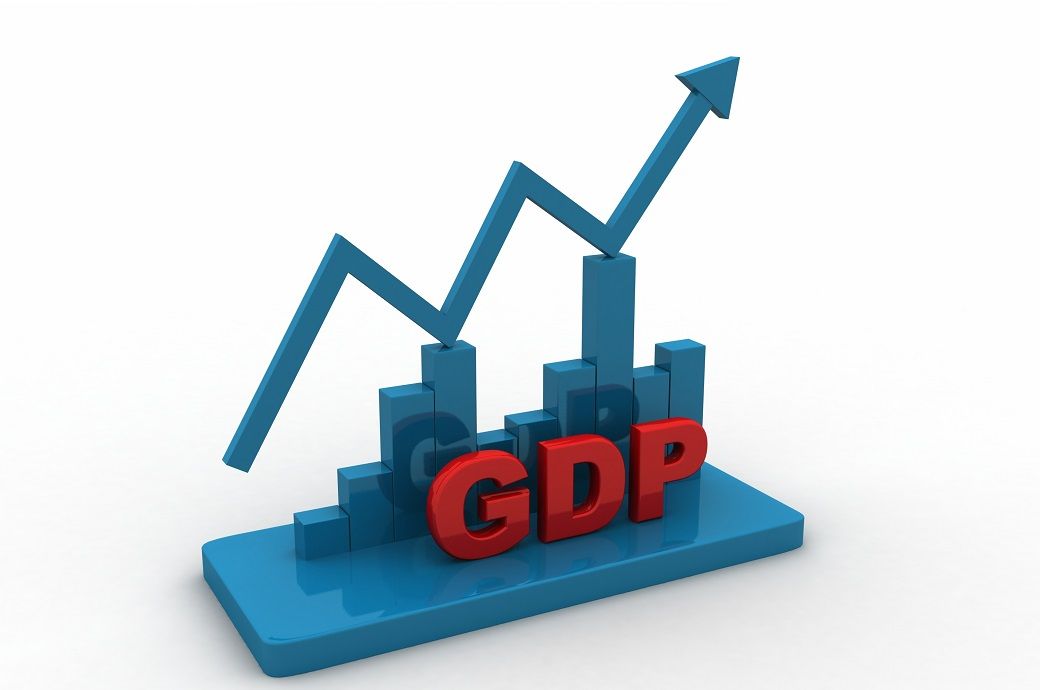
Transitioning to a lower-carbon future not only aligns with environmental goals, but also presents significant economic benefits, IMF’s climate change indicators dashboard revealed.
The year 2023, anticipated as the warmest year on record, underscored the urgency for climate action, it noted.
Though a low-carbon economy may lead to challenges, these can be mitigated by reinvesting carbon revenues and lowering employment taxes. Reducing emissions contributes to minimising the physical impacts of climate change, resulting in lower macroeconomic costs.
The worst drought in the Panama Canal’s history led to critical lows in water levels, reducing flows through the canal by 5 per cent as of October 13 last year, and leading to extended transit times for ships. Its ripple-effects hit ports in Asia, Europe and North America. Further disruptions and delays are anticipated this year as well.
The IMF’s quarterly tracking of global greenhouse gas (GHG) emissions hinted at a potential annual decline in emissions by the end of 2023. This positive shift, with emissions not outpacing GDP growth since 2019, marks progress in improving global emissions intensities, though the journey to achieve the required 28 per cent reduction by 2030 remains significant.
The share of US merchandise goods imports from China declined to 14.3 per cent in August last year, with China falling behind the euro area and Mexico as the largest source of US imports. Imports from emerging and developing Asia, including Vietnam and India, rose to 12 per cent.
China also sourced a higher share of goods from emerging and developing Asia, while the share of its imports from advanced economies declined.
Non-traditional reserve currencies’ share in global reserve assets rose to 11 per cent in the third quarter last year. The share of traditional reserve currencies (US dollar, euro, British pound, Japanese yen) declined to 89 per cent. The rise in global trade using non-traditional currencies further propelled this shift.
ALCHEMPro News Desk (DS)
Receive daily prices and market insights straight to your inbox. Subscribe to AlchemPro Weekly!